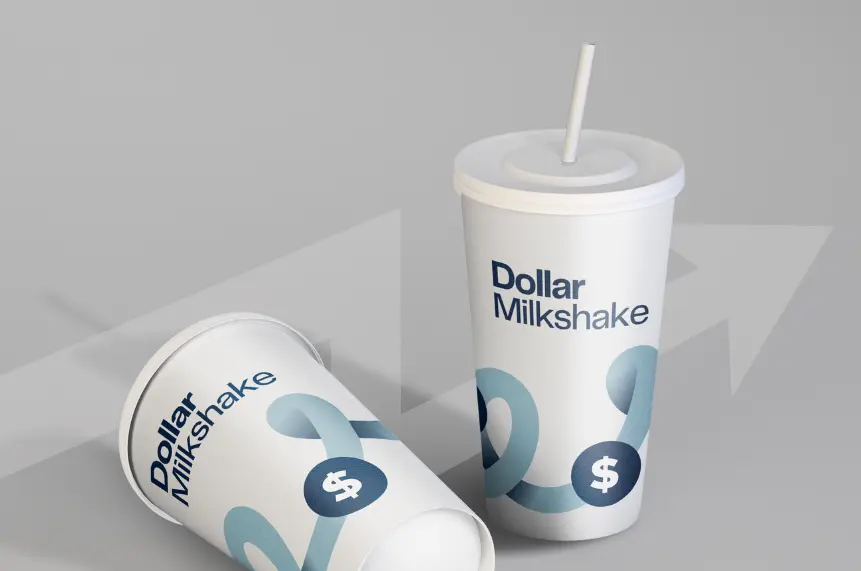INR in Decline: Will it Strengthen or Weaken Against the USD?
Can you recall the exact price you paid for a product a decade ago?How much has it changed, and why does it matter?While there could be many reasons for that, one of the most definite reasons is that a strong dollar makes the INR weak and imports expensive, leading to higher inflation in India.The current value of the INR against the USD changes everyday based on economic activities. The debate of the USD Vs. INR has been going on for ages. It has been an important topic of discussion for those who often travel and have to actively do currency exchanges.Who else is it important for? For investors who want to make the most out of their bucks.The INR in the recent past has fallen to the lowest of levels ever in history. In 2022, the rupee emerged as the poorest-performing currency in Asia, experiencing a decline of approximately 10% against the U.S. dollar.This drop was primarily attributed to the strengthening of the U.S. currency, driven by its safe-haven appeal amid concerns about global recession, inflation, and the conflict between Russia and Ukraine.At present in 2023, 1 USD = 83.13 Rupees. Why exactly has the INR been falling against the USD? The investor personality that prefers U.S. investments has dramatically increased its demand. Investors want to invest in a stable economy and the U.S. offers just that!The macro-economic stability of the U.S. has attracted many investors from around the world, especially India. Macro-economic stability describes the stability of a country’s economy, where fluctuations in the economy is miniscule or absent. The U.S. has always had a stable output growth and stable inflation, making the country an attractive source for investors seeking safe investments.What sets the U.S. apart, especially in the aftermath of the unforeseen pandemic is its ability to weather economic storms and provide a haven for risk-averse investors. The global financial landscape witnessed a paradigm shift as individuals and institutions alike sought investments capable of mitigating risk. ALSO READ: Indian Rupee Vs. U.S. Dollar: How the Dollar Strengthens and Makes the U.S. Real Estate More Attractive for Indian Investors In this climate of uncertainty, the has U.S. emerged as a preferred destination for secure investments worldwide. Investors have increasingly turned to options within the U.S. market, drawn by the prospect of safeguarding their financial portfolios amidst turbulent times.Contrary to pessimistic forecasts, the US economy defied expectations in 2023, with […]
INR in Decline: Will it Strengthen or Weaken Against the USD? Read More »









